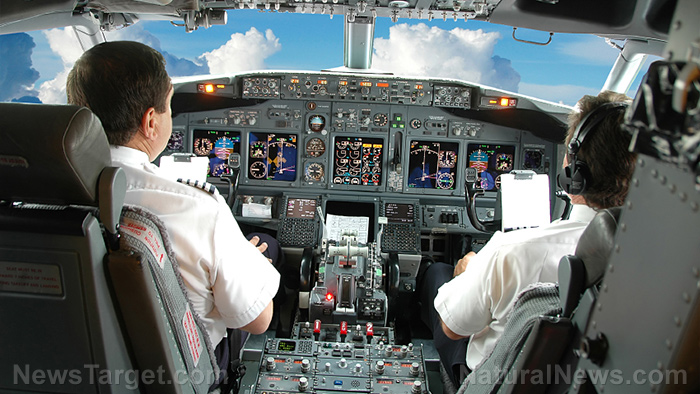The sighting is now being investigated by the FBI. Agents have been sent to LAX to investigate the reports, said spokesperson Laura Eimiller. The Federal Aviation Administration (FAA) is also actively looking into the incident, spokesperson Ian Gregor told the City News Service. Gregor added that local law enforcement has been alerted to the reports.
The FAA has enacted rules and restrictions regarding flying close to a plane. This move was done due to the increase of aerial vehicles, mainly drones, around airports in recent years. The organization requires people to acquire an authorization first before being able to fly in controlled airspace.
Seth Young, a pilot and an aviation professor at the Ohio State University, said that flying close to an airplane is extremely dangerous, especially in the busy airspace near LAX. He added that being close to a plane could result in a collision or cause smaller objects, such as birds and camera drones, to be ingested into the plane's engine.
When asked if the pilots were mistaken, Young said that he "would not dispute a pilot's perception." He noted that pilots are trained to spot small objects in the air. (Related: Mysterious unmanned black drone spotted hovering near JFK airport.)
Jet packs not commercially available
Despite advances in technology, jetpacks remain unavailable for commercial or recreational use. For starters, most jetpacks are not fuel-efficient; they are not built to fly for more than a few minutes, which means they couldn't get very high in the air. The use of these devices is mostly concentrated among enthusiasts or in tourist destinations.
But when it was taken for a test run in 2008, Martin's team was unable to fly the device for more than six feet. Martin noted that if his jetpack could fly at least three feet from the ground, then it can fly at 3,000 feet. It appears, however, that the company is now defunct.
JetPack Aviation in the San Fernando Valley area of Los Angeles claimed to have invented "the world's only jet pack." Its creators said that it can reach up to 15,000 feet in altitude and can last for 10 minutes. The company's CEO, David Mayman, flew using the jetpack around the Statue of Liberty in 2015.
The company noted that the jetpack is not being sold for recreational use. It also requires people to take a three-week course to learn how to use it and operate it in controlled airspace.
When asked about last Sunday's sighting, Mayman commented, “Honestly, we don’t know who’s working on a machine that would be foolish enough or reckless enough to do that.”















